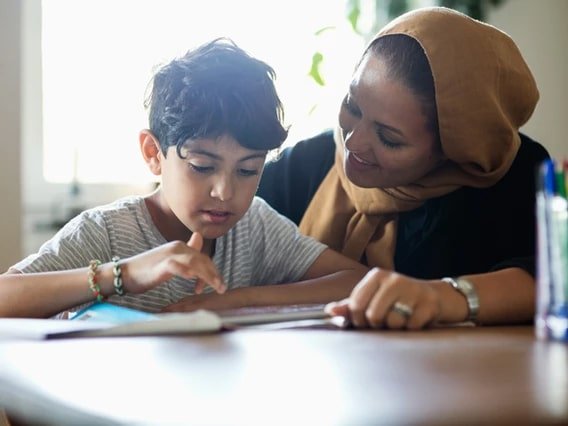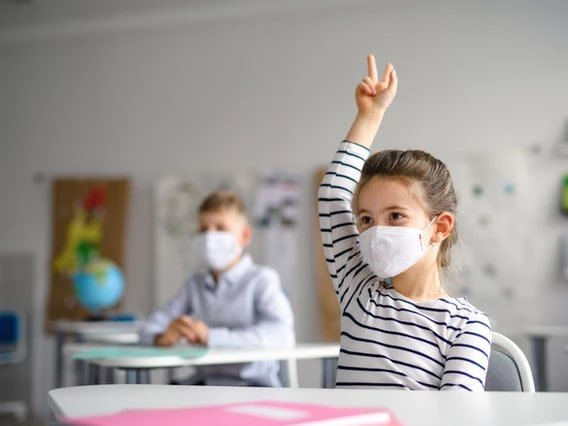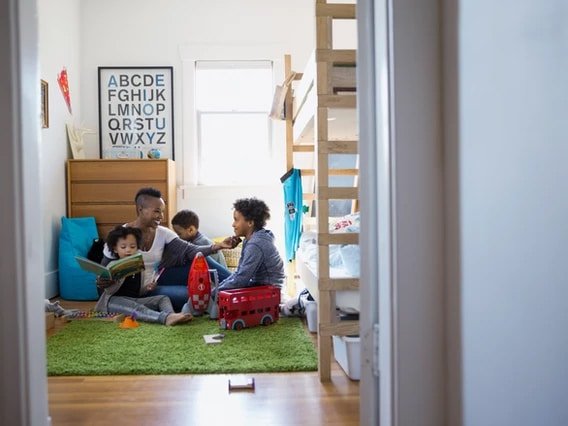By: Laura Miller, LMSW
In a recent blog, we discussed the effects of media overconsumption, sharing that overconsumption can lead to both increased stress and sadness. Equally important, are research findings that a majority of adolescents receive their news from social media outlets, rather than traditional news sources. Teens’ news consumption habits may be an indicator of time spent on social media by this age group. According to the non-profit group, Common Sense Media’s report, teenagers spend nine hours a day engaging with digital technology, and “tweens” ages eight to twelve spend approximately six hours per day. Furthermore, reports also indicate that roughly half of teenagers ages thirteen to seventeen are worried that they spend too much time on their phones. Given the increasing worry among teens, it makes sense that parents too, are anxious about the effects of screen time on their children. Keep reading for more information on what we know about the effects of screen time and for tips on how to best support your child.
Understand the Effects of Screen Time
 While social media is an excellent way to connect with peers, share creatively about interests, and find entertainment, there has been increased evidence to suggest that these positive effects come with a significant cost. Social media can be highly distracting for teens, disrupt their sleep patterns, limit their ability to communicate in-person, expose them to rumor spreading and bullying, while at the same time encourageunrealistic views of other people’s lives. Teenagers also recognize the negative effects of social media use, reporting in a Royal Society for Public Health survey that Snapchat, Facebook, Twitter and Instagram all led to increased feelings of depression, anxiety, poor body image and loneliness.
While social media is an excellent way to connect with peers, share creatively about interests, and find entertainment, there has been increased evidence to suggest that these positive effects come with a significant cost. Social media can be highly distracting for teens, disrupt their sleep patterns, limit their ability to communicate in-person, expose them to rumor spreading and bullying, while at the same time encourageunrealistic views of other people’s lives. Teenagers also recognize the negative effects of social media use, reporting in a Royal Society for Public Health survey that Snapchat, Facebook, Twitter and Instagram all led to increased feelings of depression, anxiety, poor body image and loneliness.
Build a Healthy Social Media Routine & Commit to Following it Too
Cell phone use is deeply embedded in teenage routines; 72% of teens report that they often check for notifications as soon as they wake up, while 40% indicate feeling anxious if they do not have their cell phone constantly with them. This continuous flow of social media is dangerous for teens as it often leads to social comparison, with teens feeling anxious or depressed about what they are not doing or things they don’t have. When kids are constantly monitoring others, both in person and digitally, it’s exhausting. People of all ages need time alone to regroup and replenish, and when you don’t have that due to constant social media use it can leave you feeling emotionally depleted. Encourage your child to delay checking their phone in the morning and ask that they leave their phone in an agreed upon “charging station” rather than taking it to bed with them. Not only is removing screen time prior to going to bed important for sleep hygiene, but it will also provide your child the much-needed break from consumption.
 Furthermore, make a commitment to follow the same screen time rules that you set up for your child. It’s important that your child see you without a phone in your hand and learns that separation from screens is entirely tolerable. Try out establishing technology free zones and times. For example, no phones at the dinner table or no phones in the car on the way to school. The time spent at dinner or school drop off provide great opportunities to bond with your child and removing phones from these times will make it so you can truly give your child your undivided attention; ultimately improving your relationship and leading to your child feeling more secure.
Furthermore, make a commitment to follow the same screen time rules that you set up for your child. It’s important that your child see you without a phone in your hand and learns that separation from screens is entirely tolerable. Try out establishing technology free zones and times. For example, no phones at the dinner table or no phones in the car on the way to school. The time spent at dinner or school drop off provide great opportunities to bond with your child and removing phones from these times will make it so you can truly give your child your undivided attention; ultimately improving your relationship and leading to your child feeling more secure.
Monitor (and trust!) Your Child’s Consumption
If your child is on social media you can ask to follow them so that you can monitor their page. Make sure that you are up front with your child that you are following them, and try to stay in the background (don’t comment or “like” their posts unless they want you to!). If you see anything concerning, make sure to address the issue face to face, rather than on their social media page. You want to have an eye on what your child is consuming, however you also want your child to know that you trust them.
Encourage Your Child to Engage in Social Activity in Person
 While social media offers plenty of opportunity for communication and connection, it’s important that teens engage in activities that allow for in-person interaction. Dr. Catherine Steiner-Adair, clinical psychologist and author of The Big Disconnect, highlights that children who grow up in the digital age of social media miss out on learning and continuing to practice social skills. Communication over texting and social media entirely removes non-verbal cues that are important for children to understand. Encourage your child to get involved in extracurriculars or pick up the phone to call a loved one. It’s important for kids to practice real time communication that isn’t delayed by one party having to open an app. Furthermore, getting your child off their phone and into activities that they’re interested in will spark even more interests and allow them to gain confidence. When kids learn to feel proud of themselves for what they’re doing- rather than what they look like in a post- they’re happier and better prepared for continued success in real life moments.
While social media offers plenty of opportunity for communication and connection, it’s important that teens engage in activities that allow for in-person interaction. Dr. Catherine Steiner-Adair, clinical psychologist and author of The Big Disconnect, highlights that children who grow up in the digital age of social media miss out on learning and continuing to practice social skills. Communication over texting and social media entirely removes non-verbal cues that are important for children to understand. Encourage your child to get involved in extracurriculars or pick up the phone to call a loved one. It’s important for kids to practice real time communication that isn’t delayed by one party having to open an app. Furthermore, getting your child off their phone and into activities that they’re interested in will spark even more interests and allow them to gain confidence. When kids learn to feel proud of themselves for what they’re doing- rather than what they look like in a post- they’re happier and better prepared for continued success in real life moments.
Teenagers and tweens are in a rapid period of brain development, and it’s important for them to understand the effects of social media and then consume media responsibly. Talk to your child about your concerns and create an open dialogue so that your child knows that they can come talk to you for help as well. You might also want to check out Common Sense Media’s list of frequently asked questions, which include up to date ways to navigate the ever-changing media landscape.
























